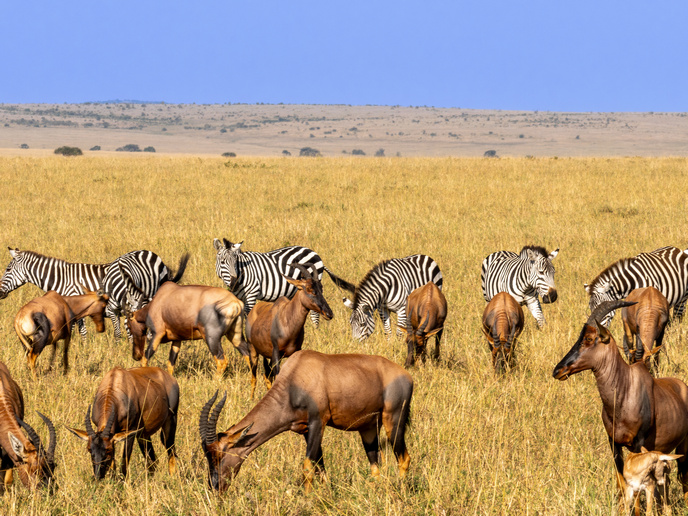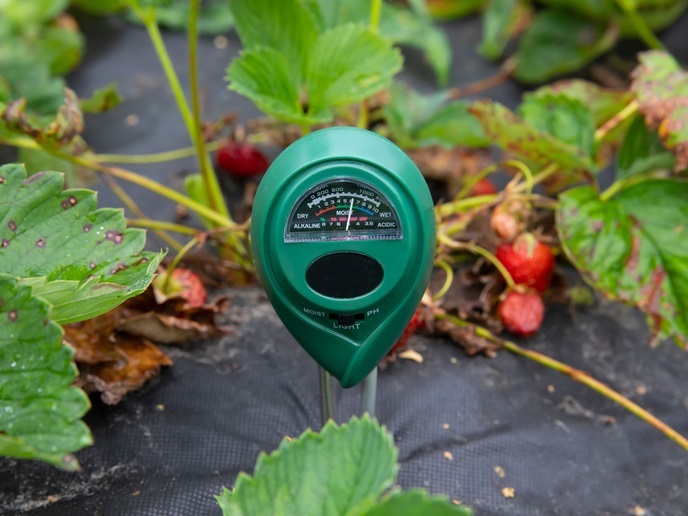The ecology of plague
The Black Death was a 14th century plague originating in central Asia that spread to Europe, killing an estimated 30–60 % of medieval Europe's population. It was the start of the Second plague pandemic, a period of repeated outbreaks of bubonic and pneumonic plague, which lasted until the early 19th century. The plague-causing pathogen, a flea-borne bacterium called Yersinia pestis, is transmitted to humans by flea-infested rodents. Although plague no longer occurs in Europe, it is still present in the Americas, Asia and Africa. For the EU-funded PLAGUEECO2GENO project, researchers analysed climatic and ecological conditions historically resulting in plague epidemics, using their knowledge of current rodent–plague–environment dynamics. They searched for a relationship between wild rodents reservoirs of the disease (speculated to exist in medieval Europe), and the thousands of plague outbreaks that were documented in medieval records. Comparing these records against tree-ring based chronologies of medieval climate, they concluded that there was no indication of a permanent European wild rodent disease reservoir, although it is possible that both wild and urban rodents formed transient reservoirs. Unexpectedly, they identified a climate-based driver of plague outbreaks in medieval Europe that was located in central Asia: climate-sensitive Asian rodent reservoirs likely contributed to several European outbreaks during the Black Death, and not just to a single event as previously thought. This study highlights how short-term climate fluctuations, through its impact on regional animal reservoirs of disease, can be a determining force in disease outbreaks across a continent.







